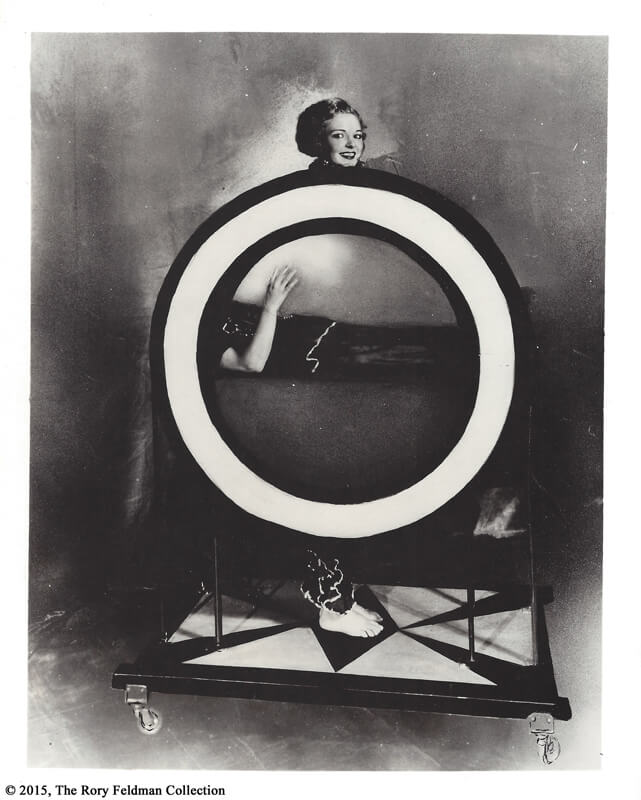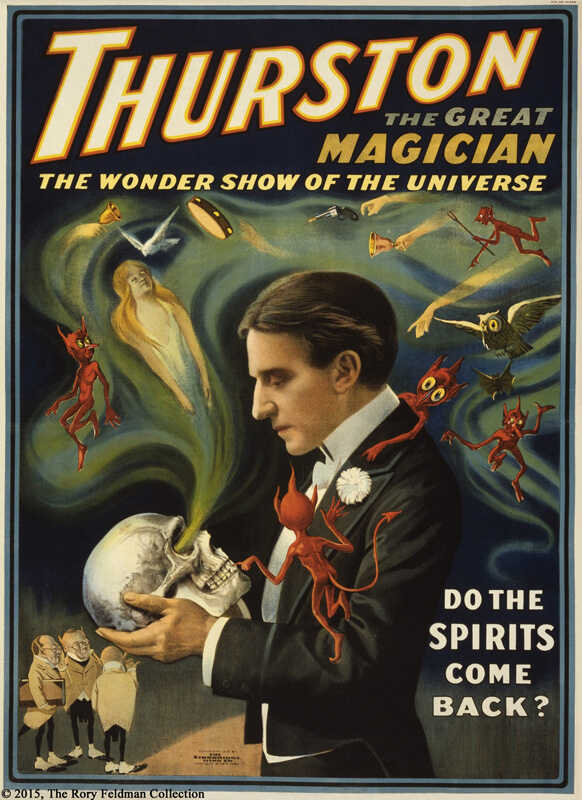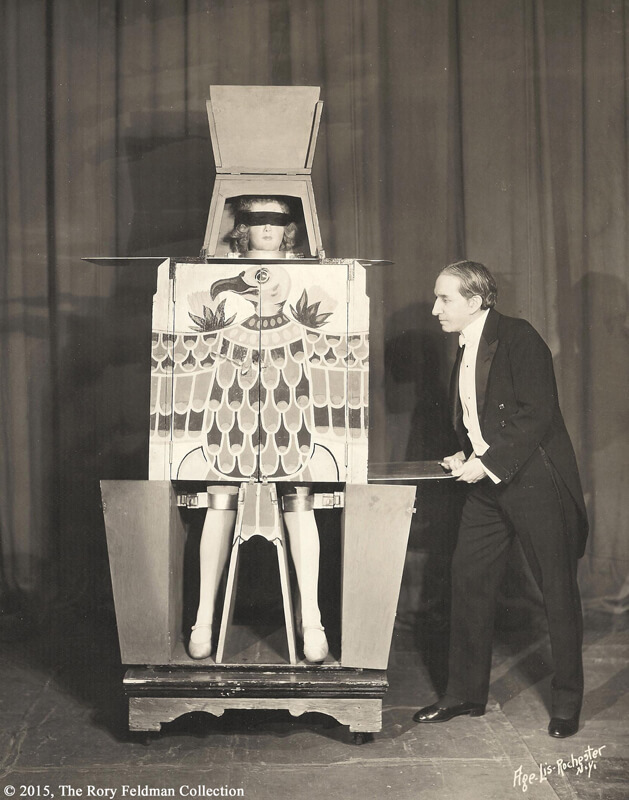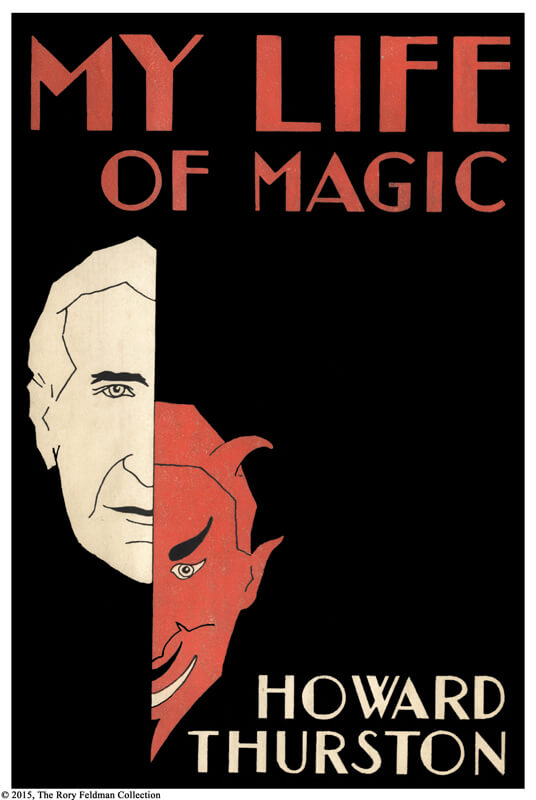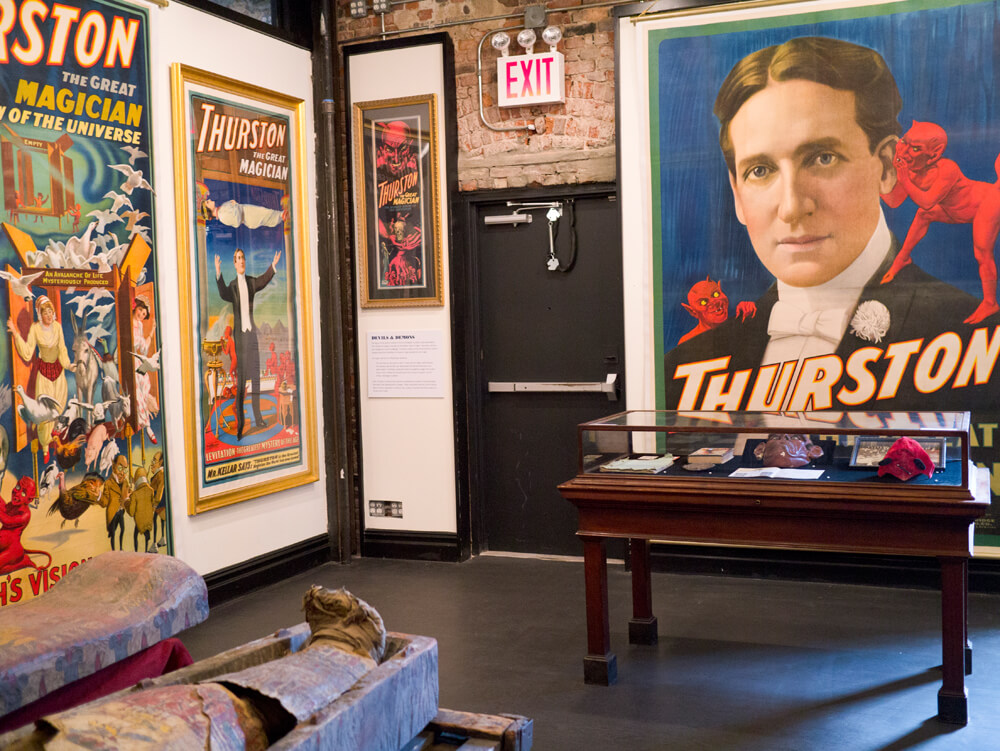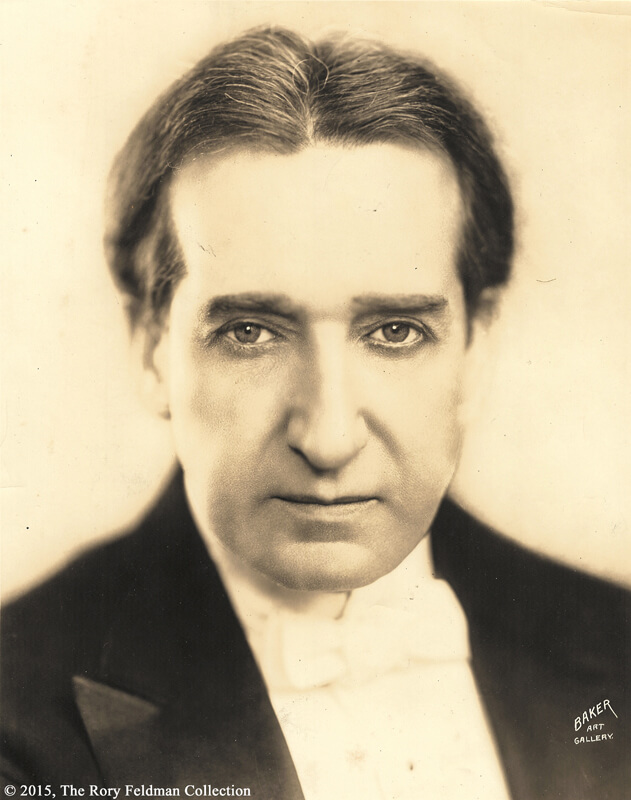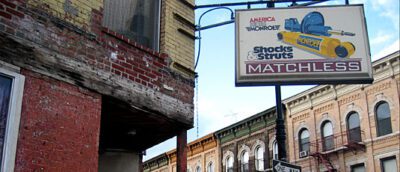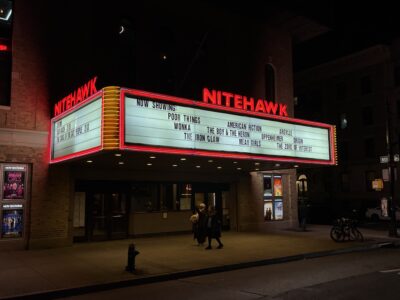How Sawing a Lady in Half Became the 20th Century’s Most Popular Magic Trick
If you’ve ever seen an old school magic show, either live or on film, you’ve probably seen a woman get sawed in half on stage. In an age when far more exciting images of violence dominate the media, the trick now seems a cliched magician gimmick, like pulling rabbits out of hats. But as the Morbid Anatomy Museum’s latest show reveals, such “torture illusions,” as they were known in the early 20th century, have a strange, dark history that reveals much about their audience’s anxieties and unconscious fantasies.
Do the Spirits Return? From Dark Arts to Sleight of Hand in 20th Century Magic explores how one Howard Thurston–a former con man and carnival speller–popularized torture illusions, which included piercing, vivisecting, disembodying, stabbing, spiking, and even “broadcasting” women on stage.
After his magic act debuted in 1921, Thurston toured the country in a train filled with forty tons of props, animals, and costumes, coming to rival Harry Houdini for the title of the 20th century’s greatest celebrity magician. He was especially beloved by children.


Thurston and his many “torture illusions,” including a woman in the Sword Box.
“There’s this family-friendly idea we have of ‘sawing a lady in half,’” Morbid Anatomy Museum founder and co-curator Joanna Ebenstein tells us. But this sugarcoated view was challenged when Ebenstein came across Brooklyn-based art collector Rory Feldman‘s goldmine of stage magic artifacts, which included bizarre black-and-white photos of Thurston gleefully “torturing” women on stage, along with mummy sculptures, a “sword box,” and psychedelic posters casting Thurston as a grinning devil. (Everything featured in the exhibit is drawn from Feldman’s collection of 50,000 magic-related objects.) “Together, these images started to say something about magic that no one is really speaking aloud. There seems to have been some preoccupation with power over women,” Ebenstein says.
It’s probably not a coincidence that what basically amounted to mock public executions of women gained popularity right around the time when gender roles were changing drastically: British suffragettes had just won the right to vote. “There’s a real connection between anxiety about the changing power of women and wanting to saw them in half in public, to the glee of hundreds of thousands of people. This was mass entertainment,” Ebenstein says. “It was supposed to be a death-defying act where people were on the edge of their seats about whether this woman would die.” (Before making the first cut, Thurston would announce that “the slightest slip of this saw might prove fatal to the young lady.”) P.T. Selbit, the Brit who originated the “sawing a lady in half” trick, even invited suffragette leader Christabel Pankhurst serve on stage as his professional victim, to the great delight of the public. (She respectfully declined.) The symbolism there wasn’t very subtle.
“We were really blown away by the strength and bizarreness of these images of women being tortured, this iconography about devils and demons — darker stuff no one really talks about with stage magic,” Ebenstein says. “What does all this say about us? We wanted to rethink the deeper roots of this popular form of entertainment.”
Ritualistic mock torture wasn’t the only draw of these spectacles, though — part of the thrill came from watching these women “magically” defy death. As Ebenstein and co-curator Shannon Taggart write in the show’s accompanying texts:
These “death defying” illusions raise provocative questions about voyeurism, objectification, and the pleasures of horror. The images here document a destruction, but it is important to remember that each act ends with a body restored to its perfect whole. This simulated death and rebirth takes us back to magic’s sacred roots. By referring to the defeat of death, these performances evoke the shaman’s journey, the mythical phoenix, and the miraculous resurrection of Jesus Christ.
Now, live stage magic of Thurston’s brutal variety is all but extinct, but its legacy is alive and well in modern horror film. In place of torture illusions, we have straight up torture porn–think of the 20th century’s saw-wielding magicians as comparatively wholesome precursors to the Saw franchise.
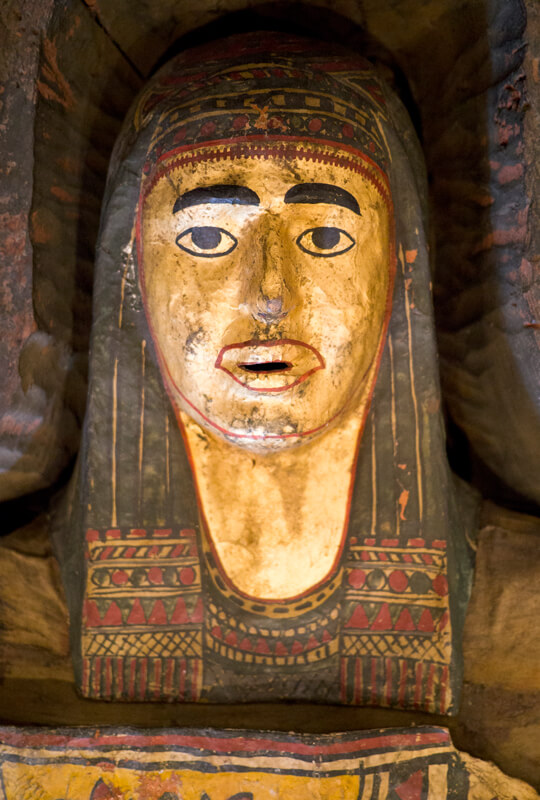

A mummy sculpture Thurston claimed would offer audience members sage advice on dreams, business, love, money, and more.
Do the Spirits Return? From Dark Arts to Sleight of Hand in Early 20th Century Stage Magic is on view until Tuesday, January 5, 2016 at the Morbid Anatomy Museum in Gowanus, Brooklyn.
Photos courtesy Rory Feldman and Morbid Anatomy Museum.
Follow Carey Dunne on Twitter @CareyDunne
You might also like 









